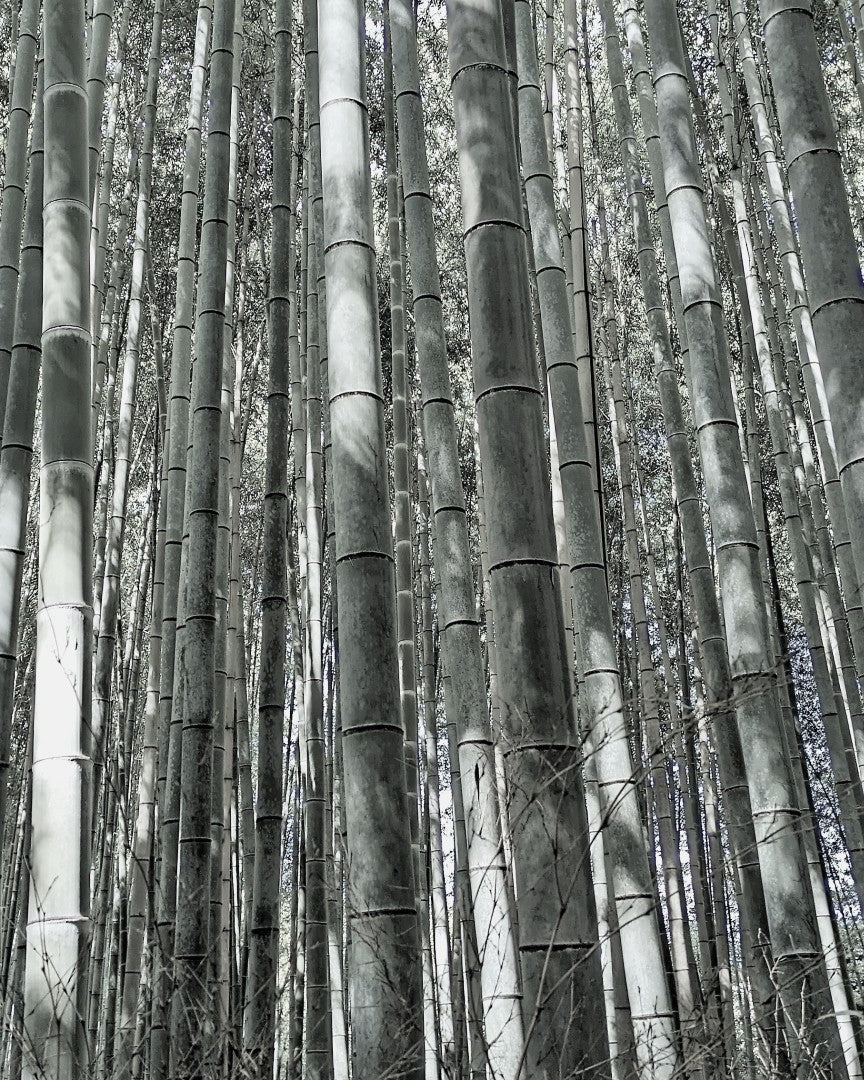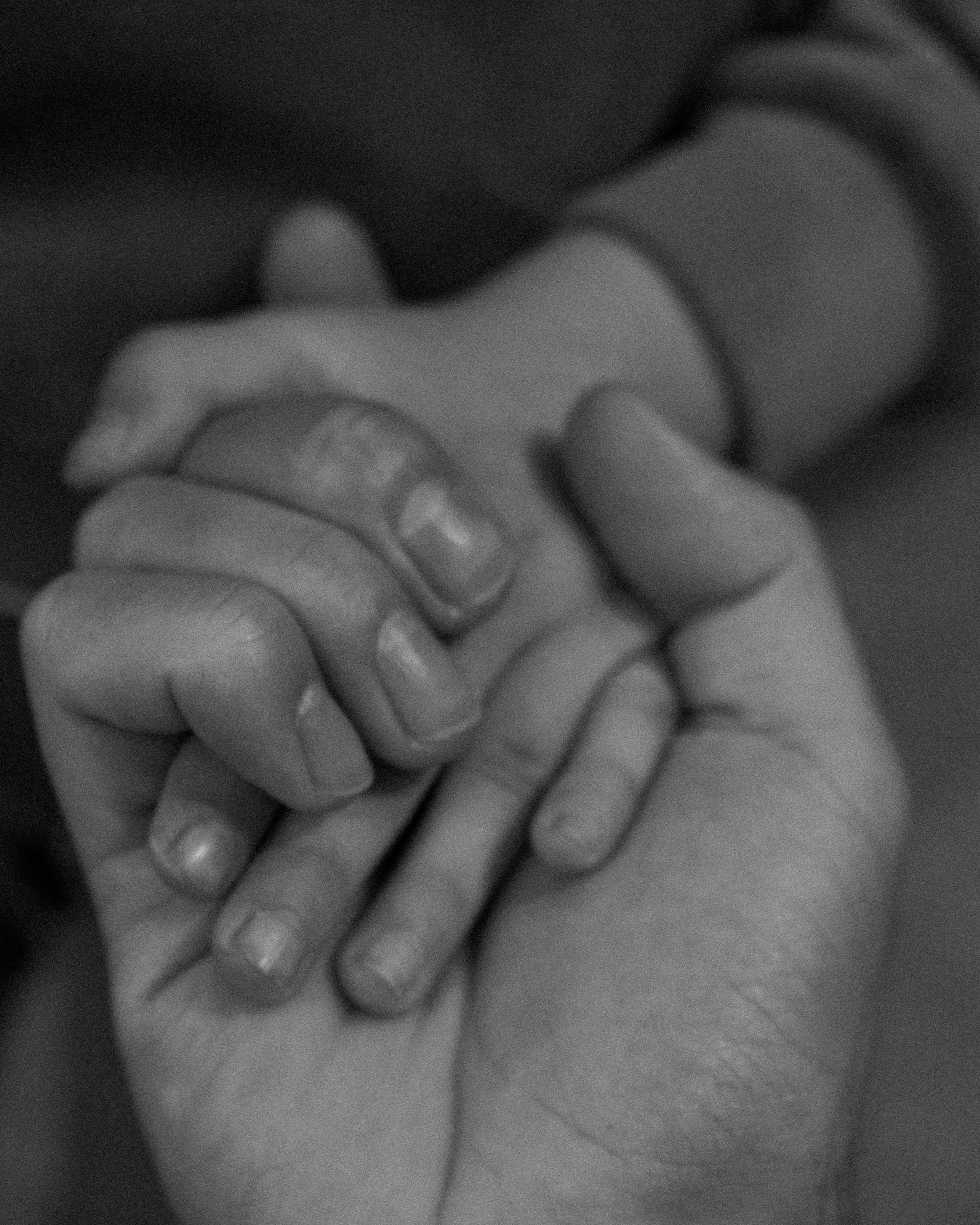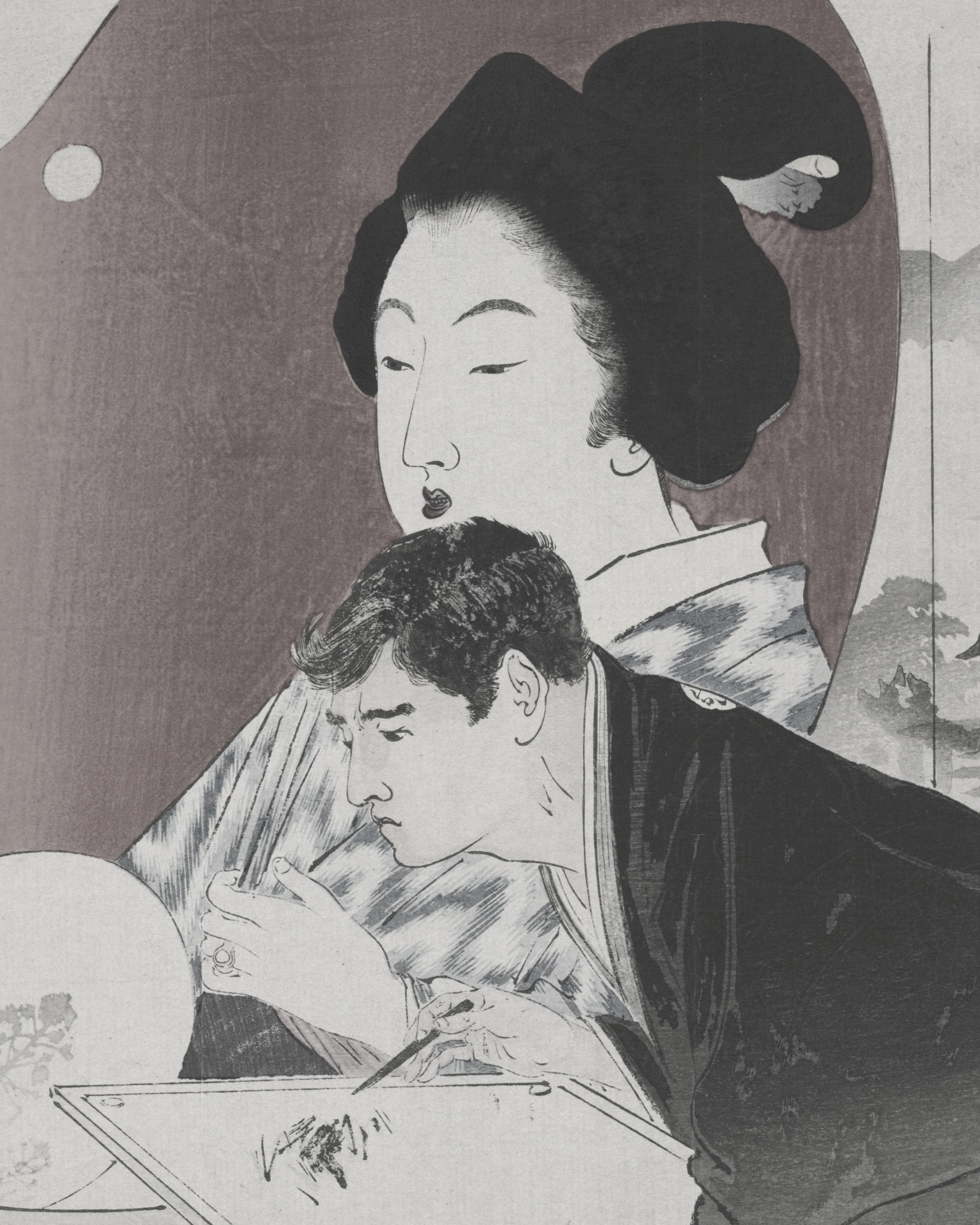In Edo-period Japan (1603–1868), tattoos were not always an art form—they were once used as punishments. Criminals were marked with inked symbols on visible parts of their bodies, branding them for life. But over time, tattooing evolved from stigma to artistry. As woodblock printing (ukiyo-e) flourished, tattoo motifs began to draw inspiration from these vibrant images—mythical beasts, legendary heroes, waves, and cherry blossoms.
Master tattooists (called horishi) used handcrafted tools, practiced with spiritual discipline, and often worked in quiet, almost ritualistic settings. Each tattoo was not just decoration but a deeply personal emblem, embedded with symbolism, strength, and a story. The act of being tattooed was often described as a test of endurance and devotion.
A story of quiet mind and peace, on your skin.
Japanese culture and Buddhist teachings breathe a spirit that guides one toward harmony within connections to nature and others.
Amidst busy days, some choose to inscribe Japanese kanji tattoos as a way to make that spirituality a talisman for their way of life.
haikei designs are not mere decoration; they reflect your inner spirituality and serve as expressions that guide your life's path.
Furthermore, the words of kanji carry a quiet prayer: a prayer for peace for all people worldwide, born from the realization of the preciousness of valuing yourself and, in turn, valuing others equally.
Read more

While many people resonate with the Zen and cyclic spirit of Buddhism and Japanese culture, I am pained by the reality that the deeper meaning of Buddhism is not fully conveyed and kanji is consume...

Strength in the serenity of the "Zen" that resides in the everyday. It may not seem special at first glance, but it is the warmth and politeness you feel at a moment's notice.The spirit of "Zen" ...
